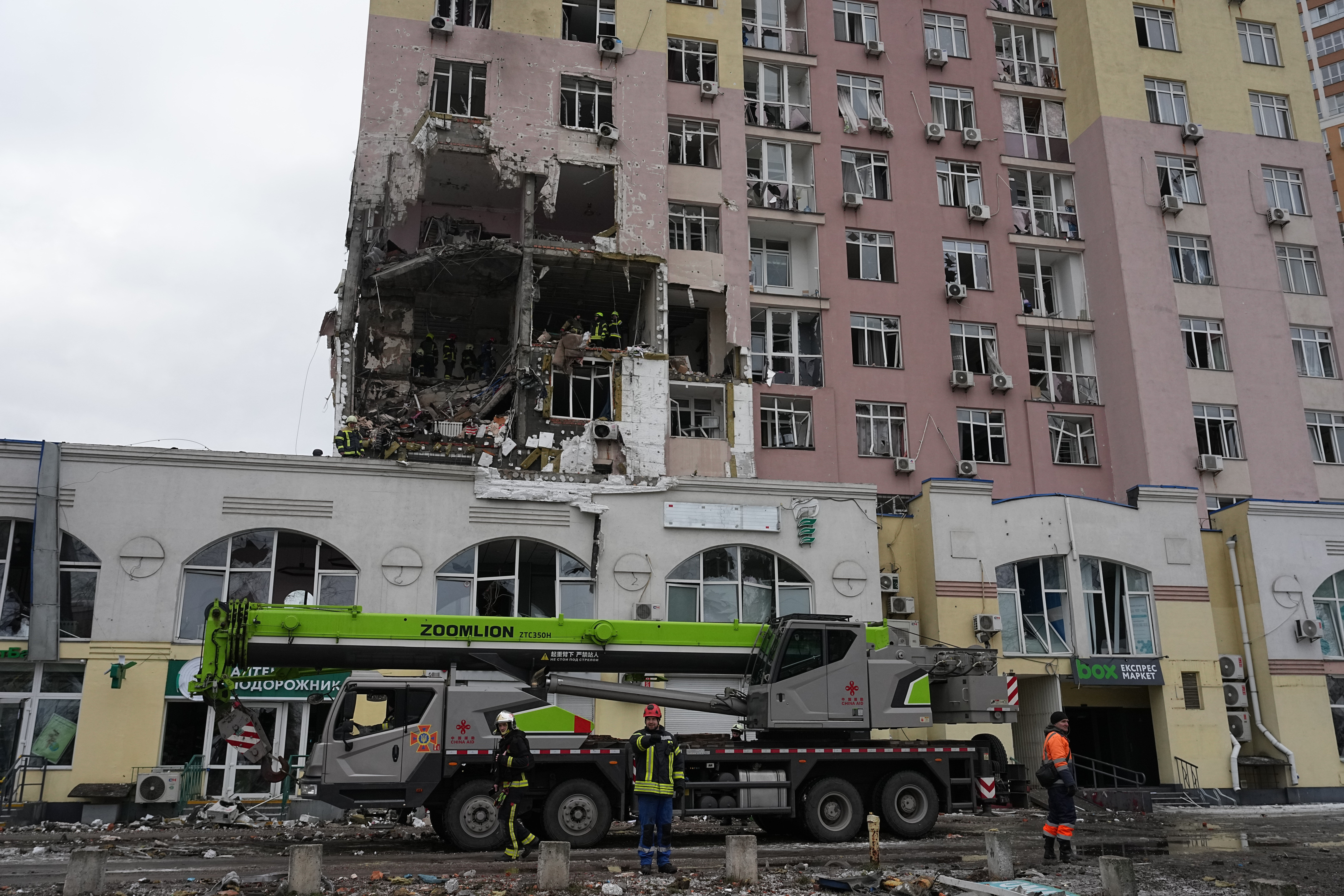EarFlims: To Sleep To Dream
You know how people often say the book is better than the movie because you can create your own pictures? The same thing is true for audio. A new show with its American debut Tuesday at UAB’s Alys Stephens Center puts that notion to the test.
To Sleep to Dream is a production of the United Kingdom-based EarFilms. It’s like a feature-length movie told only with sound.
Daniel Marcus Clark is founder of the company. Clark had been a storyteller and a composer, but he felt there was something missing from most audio drama. He wondered, what if you made sound the primary storyteller?
“What can you tell about a character by the way they breathe, by the way they enter a room, by the way they sit, by the way they hold themselves?” Clark asked. “So aside from dialogue, aside from narration, how much of a story can we tell just using sound?”
So Clark wrote To Sleep To Dream, a tale of a future, dystopian world where one corporation controls everything and dreams are illegal.

EarFlims founder Daniel Marcus Clark will narrate the show live from this podium. He likes to deliver the lines with his eyes closed so he can experience the show as the audience does.
To appreciate the scope of production, it helps to understand the technology. You’re probably familiar with stereo sound. That’s two speakers. A typical surround sound system will have five. This set up?
“There’s 21 speakers in the set up,” said Clark.
They’re placed like a dome around the audience. So they can make the audio appear to move around and above the audience. It’s a 3-D sound system.
“It gives a kind of, a much richer kind of feeling,” said Clark. “It’s more akin to the way that we listen in the natural world.”
The other thing to consider is the number of tracks. A typical radio story may have two to four tracks — the reporter’s voice, the sound bites, and some other sound gathered from the scene. A recording of a band may have thirty to fifty tracks.
In To Sleep to Dream there are more than 6,000 audio tracks.
“Actually that’s six thousand tracks of audio before we put score in and actors,” said Clark.
One other important detail — the audience is blindfolded. There’s nothing to do but listen and imagine.

EarFilms’ spectral sound director Chris Timpson examines his laptop as he calibrates the speakers for the show.
“You feel like you’re in the middle of a film as opposed to watching a film,” said Eric Essex, Director of Programming at the Alys Stephens Center.
He was part of a group that saw an excerpt of To Sleep To Dream at an industry preview in New York. He was fascinated by the varied experiences people had.
“You know, some people saw the film in color,” said Essex. “Some people saw in black and white. Some people saw it in first person and some people saw it as if you were watching a film on the screen.”
From there, the Stephens Center invited EarFilms to bring the show to Birmingham for its U.S. debut. Essex says that’s an opportunity to become your own filmmaker.
“You’ve got all the audio,” said Essex. “The storyline is there. Use your mind and your imagination to create your own visuals of this film.”
That is, if that’s what you’ve been dreaming of.
Russia attacks Kyiv, killing 1 and wounding many ahead of Ukraine-US talks
Russia attacked Ukraine's capital with missiles and drones early Saturday morning, killing one and wounding over 20 people a day before talks between Ukraine and the U.S., local authorities said.
Myanmar is set to hold phased elections. Here’s why they’re being called a ‘sham’
Myanmar's military rulers are holding a general election in phases starting Dec. 28 amid the country's civil war. The head of the U.N. says the vote will be anything but free and fair.
Judge to hold hearing on whether Kilmar Abrego Garcia is being vindictively prosecuted
A federal judge this week canceled the trial of Kilmar Abrego Garcia, and scheduled a hearing on whether the prosecution is being vindictive in pursuing a human smuggling case against him.
Thailand and Cambodia sign new ceasefire agreement to end border fighting
In addition to ending fighting, the agreement calls for no further military movements by either side and no violations of either side's airspace for military purposes.
Top Instagram reels from Goats and Soda in 2025: Plumpy’Nut, aid cuts, soccer grannies
Our most-viewed Instagram videos include reports from a Rhode Island factory that makes special food for malnourished children and from a tournament for soccer-playing "grannies."
Should the U.S. model its vaccine policy on Denmark’s? Experts say we’re nothing alike
The Trump administration wants to revamp U.S. childhood vaccination recommendations to align with some other peer nations, including one tiny country in northern Europe.








